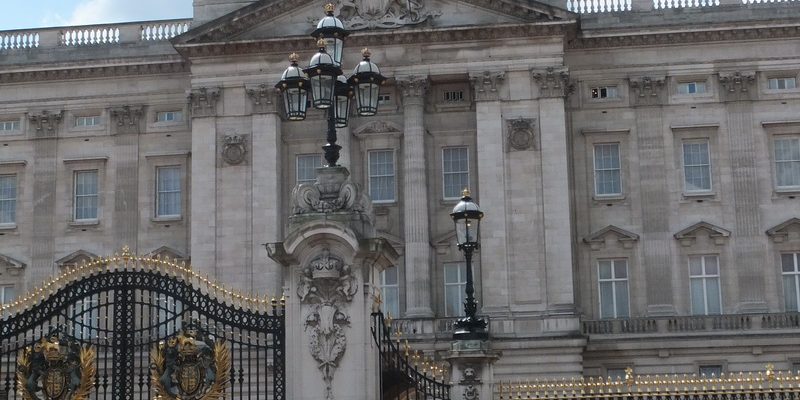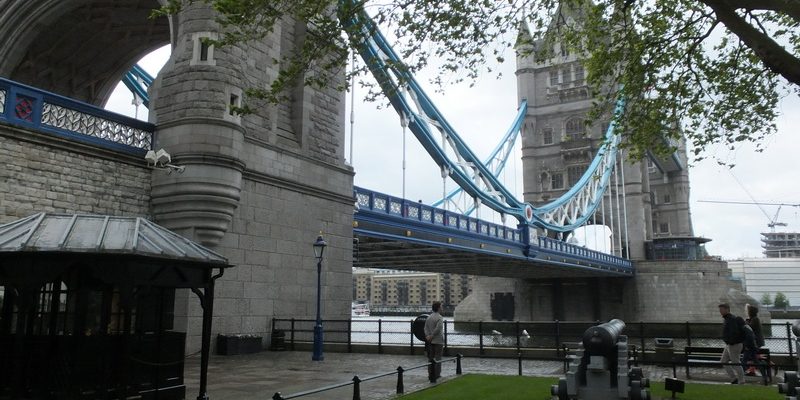Here is a write up of our top 5 places in London. All of these spots can be easily reached on public transport.
London
A walk through London
Here we go, on our last day in the city, we took another lovely walk to the famous landmarks. We started in light rain but the sun came out later.
Buckingham Palace – unfortunately without the Queen
Buckingham Palace is the residence of the British Royal Family in London. It is not only purely residential, it is also used for official state occasions.
Continue Reading about Buckingham Palace – unfortunately without the Queen
London Eye – a ride on the Ferris wheel
The London Eye is an enormous Ferris wheel on the southern embankment of the river Thames, near Westminster Bridge. It is also known as Millennium Wheel.
Continue Reading about London Eye – a ride on the Ferris wheel
Paradise for chocolate lovers – the M&M Store in London
All those people who like M&Ms wouldn’t want to miss it – the M&M Store London!
Continue Reading about Paradise for chocolate lovers – the M&M Store in London
Tower Bridge, the most famous bridge across the Thames
The Tower Bridge is one of the bridges that cross the river Thames in London. It got its name from the Tower of London, which is in close proximity to the bridge.
Continue Reading about Tower Bridge, the most famous bridge across the Thames





